General Motors Death Watch 168: Straight From the Horse's Mouth
Yesterday, Justin and I caught wind of GM Car Czar Bob Lutz' private pow-wow with bloggers attending the New York Auto Show on GM's dime. Christopher Barger, GM's Director of Global Communications Technology, barred our way. "It's invitation only," Barger announced. "Thirty-five is the limit." I asked Barger if he was TTAC-aware. "Sure, you guys hate us." So I waited in the hallway and collared Maximum Bob. I introduced myself and asked permission to attend. "Do we know these people?" Lutz asked. "Do we like them?" "It's up to you," a stunned Barger replied. We were in.
Lutz sat down and warmed-up the hopeful handful by dissing bloggers. "It's getting to the point where there will be millions of bloggers, each with one reader… himself." But seriously folks, it's great to be here with the little people. Incredibly a couple of the attendees laughed on cue, and seconded their own irrelevance. Without asking a single question, Justin and I were left wondering what alternative universe we'd infiltrated, looking at each other with painfully, soon-to-be permanently arched eyebrows.
As promised, I was there to ask the tough questions that my obsequious colleagues wouldn't dare ask. The thing of it is, Maximum Bob doesn't need a journalist provocateur to say things that any attentive automotive scribe would find outlandish, inane, mis-informed, deluded, strange, contradictory or just plain weird. You put a microphone in front of this guy and boom! The winner of TTAC's first annual Bob Lutz award stops making sense.
We've already chronicled Lutz' "the planet will save itself" exchange with a bright-eyed blogger, whose upbeat demeanor made My Little Pony seem like an HBO miniseries. We've already blogged the Car Czar's self-professed subversion to his marketing mavens' desires. We've reported on his abandonment of the $30k Volt, and any near-possibility of profit for same. All this before I could raise my hand.
In fact, as I furiously scribbled notes on the bon mots dropping from the mouth of God's gift to automotive journalists, I got a feeling for Maximum Bob's basic beef: GM's Car Czar thinks the world's gone nuts. Talking about the "political solution" hatched by Washington legislators to raise fuel economy standards to 35mpg, Maxi Bob was saddened by their inability to grasp the cost to consumers of these more fuel efficient cars. "They're like this," Lutz said covering his ears with his fingers. "lalalalalalalala."
It was a highly ironic moment. Here was the man [supposedly] in charge of GM's global product plans accusing the federal government of childish detachment from reality. And the more Maximum Bob talked about these costs of compliance– $3500 to hybridize the majority of GM's products– the more it was apparent that Lutz was living in a vacuum. GM's Car Czar never made any mention of his employer's competitors.
More to the point. Lutz was operating from the principle that GM could do whatever the Hell it wanted and consumers would simply have to suck it up. No, that wasn't it, exactly. It was more like GM now has its hands tied by the feds. The American automaker will respond– grudgingly– with expensive technology. And THEN U.S. consumers will simply have to suck it up.
In that sense, Maximum Bob seemed to be paving the way for The Mother of All Excuses: the politicians drove us out of business. "The Tahoe two-mode hybrid costs about $7k more than the standard model," Bob said. "That doesn't even come close to paying for it." The clear implication: WTF can WE do about it?
So I popped the question. "You and Rick Wagoner recently received a re-raise. What is your pension package and is it bankruptcy proof?"
"You're not seriously asking the man to discuss his personal pay are you?" the until-this-point silent Barger interceded.
"It's a matter of public record," I countered.
"I don't know my exact pension," Lutz said. "I'm a short term employee this time around."
"Is it bankruptcy proof?" I pressed.
"I have no idea," Lutz replied. "I never spent an hour of my life looking at my personal finances."
And then we were back in lalalalalala Land, with Lutz revealing that owners of the Chevrolet Volt will have to start their internal combustion engine once a month; it will probably run on batteries the whole time and the gas could foul. And the plug-in Vue will cost $48k. And all GM hopes to do with the Volt is… not lose money. And then Bob Lutz was off to tell someone else that GM's brands are all, now, in good shape.
But before Lutz left the bloggers, the man made one quick aside. "I need to go check if my pension is bankruptcy proof."
Truer words have never been spoken.
More by Robert Farago
Latest Car Reviews
Read moreLatest Product Reviews
Read moreRecent Comments
- ToolGuy The only way this makes sense to me (still looking) is if it is tied to the realization that they have a capital issue (cash crunch) which is getting in the way of their plans.
- Jeff I do think this is a good thing. Teaching salespeople how to interact with the customer and teaching them some of the features and technical stuff of the vehicles is important.
- MKizzy If Tesla stops maintaining and expanding the Superchargers at current levels, imagine the chaos as more EV owners with high expectations visit crowded and no longer reliable Superchargers.It feels like at this point, Musk is nearly bored enough with Tesla and EVs in general to literally take his ball and going home.
- Incog99 I bought a brand new 4 on the floor 240SX coupe in 1989 in pearl green. I drove it almost 200k miles, put in a killer sound system and never wish I sold it. I graduated to an Infiniti Q45 next and that tank was amazing.
- CanadaCraig As an aside... you are so incredibly vulnerable as you're sitting there WAITING for you EV to charge. It freaks me out.



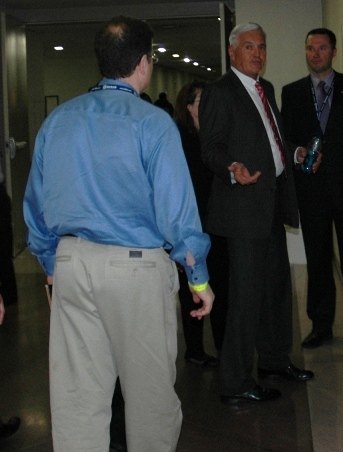















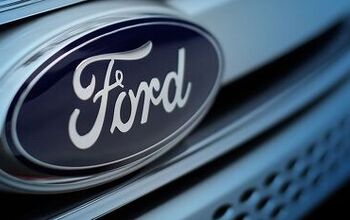

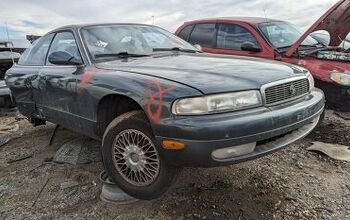


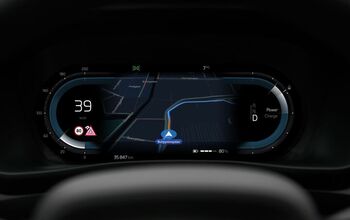


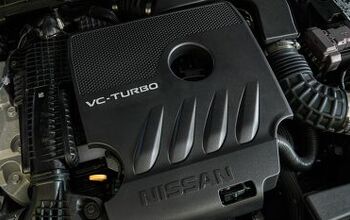



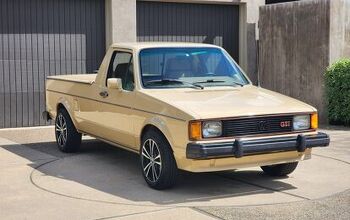


Comments
Join the conversation
Given all the discussion regarding David Halberstam, it may be time to remember his 1986 book that explored the decline of Detroit and the rise of Japan - The Reckoning. He compared Ford to Nissan...which, given subsequent events, probably wasn't the best choice. After the book came out, Ford prospered with the original Taurus, then with the Explorer, while Nissan began its downward spiral. Robert McNamara (who rose to the top at Ford before joining the Kennedy Administration as Secretary of Defense) doesn't come off too well in that book, either. Halberstam ties McNamara to the rise of top managers who really didn't have much of a "feel" for cars themselves, and regarded the actual business of making and selling cars with disdain. McNamara and his protege, Ed Lundy (who would go on to wield enormous power within Ford), were more concerned with balance sheets and stock prices than with cars.
I must disagree with all those saying Farago should have asked a more relevant question than whether the pension of Lutz is bankruptcy-proof. Think about it, the question is essentially about the possibility of Chapter 11 for GM which relates directly to the oldest and most common theme of this site name GM Deathwatch. But it's not just a generic question about the future of GM, in fact its nicely tied to Mr.Lutz personally through his pension. There is a million different angels Mr. Lutz, the Straight-shooter, Maverick, Tells-it-as-he-sees, could have taken to answer it. Instead he chose just to brush it off like any other pesky reality intrusion into his personally fiefdom where he doesn't even have to know his personal finances. He ain't no Maverick just an old, senile clown.